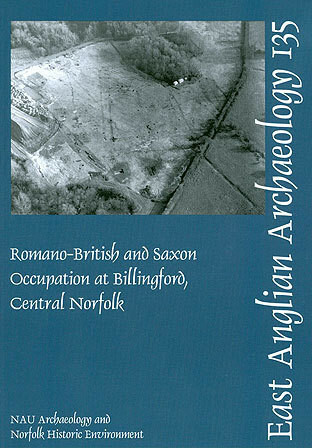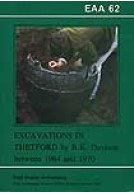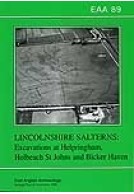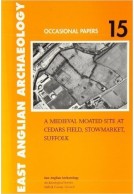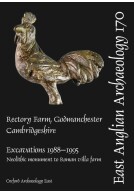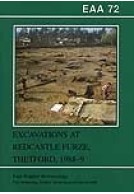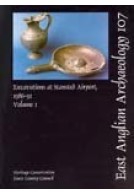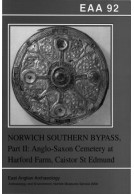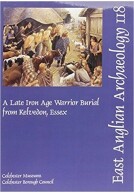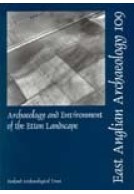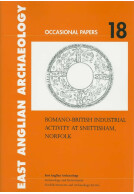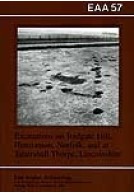Google Books previews are unavailable because you have chosen to turn off third party cookies for enhanced content. Visit our cookies page to review your cookie settings.
EAA 135: Romano-British and Saxon Occupation at Billingford, Central Norfolk (Paperback)
Imprint: East Anglian Archaeology
Series: East Anglian Archaeology Monograph
Pages: 112
Illustrations: 48 illus.
ISBN: 9780905594521
Published: 28th April 2011
Script Academic & Professional
Series: East Anglian Archaeology Monograph
Pages: 112
Illustrations: 48 illus.
ISBN: 9780905594521
Published: 28th April 2011
Script Academic & Professional
Usually available in 6-8 weeks.
You'll be £12.00 closer to your next £10.00 credit when you purchase EAA 135: Romano-British and Saxon Occupation at Billingford, Central Norfolk. What's this?
+£4.99 UK Delivery or free UK delivery if order is over £40
(click here for international delivery rates)
Need a currency converter? Check XE.com for live rates
(click here for international delivery rates)
Need a currency converter? Check XE.com for live rates
This book describes excavations undertaken at Billingford by the Norfolk Archaeological Unit, ahead of gravel extraction in the 1990s. The excavations were located on the periphery of a Romano-British small town, the centre of which, as identified from aerial photography, lies north of the excavated area. Activity during the prehistoric period was represented by a few artefacts and features but the Romano-British period was that of greatest activity, with evidence for ditches forming field boundaries and driveways, pits and post-holes, a road and an inhumation cemetery. The road ran from the centre of the settlement towards the 1st-century fort at Swanton Morley. This along with some finds associated with the military suggests that during the early part of the Romano-British period, the fort and town were inter-related. The cemetery, of which only part was disturbed, is the largest Romano-British burial ground excavated in Norfolk. Within the graves, skeletons survived only as sand bodies and dating evidence was scarce, although there are indications that the cemetery continued in use into the early 5th century. Later activity, although not extensive, was significant. Four Early Saxon buildings were excavated, three of post-hole construction and the other a sunken-featured building. Middle Saxon activity associated with iron smelting was present, including evidence of a "north-German-type" furnace.
Other titles in the series...
Other titles in East Anglian Archaeology...







